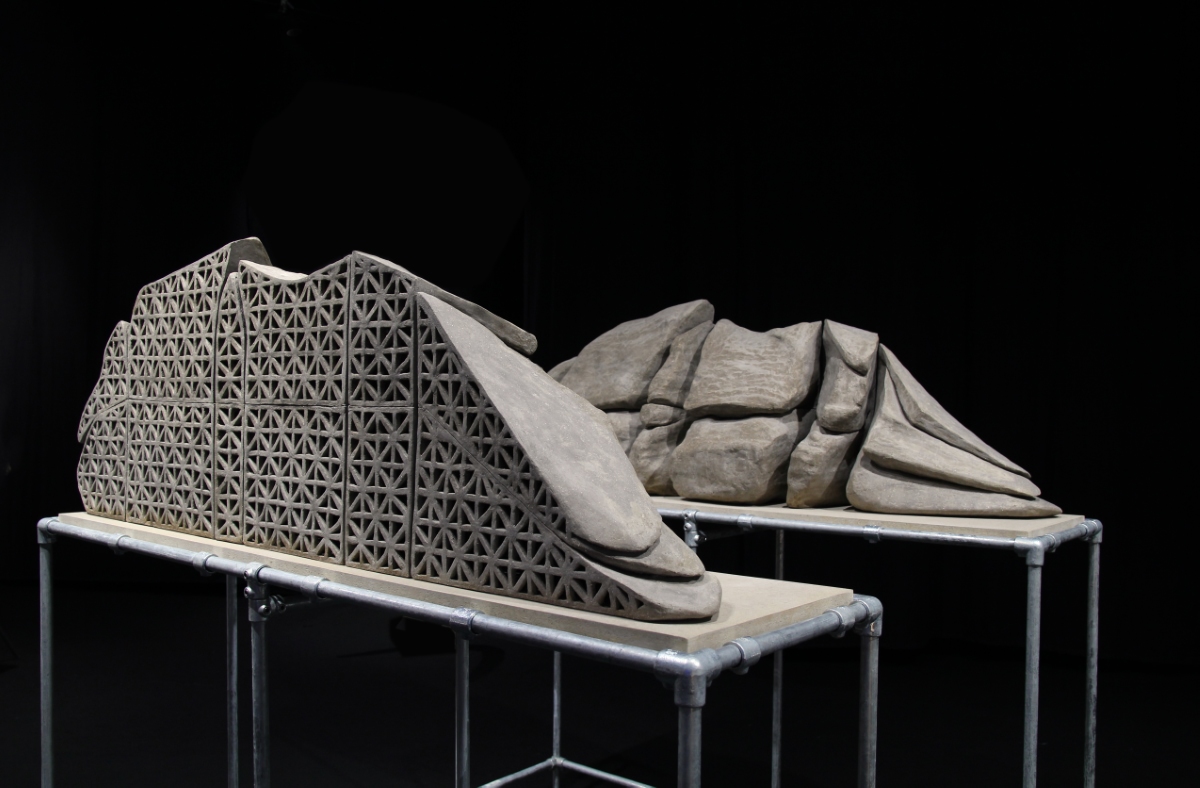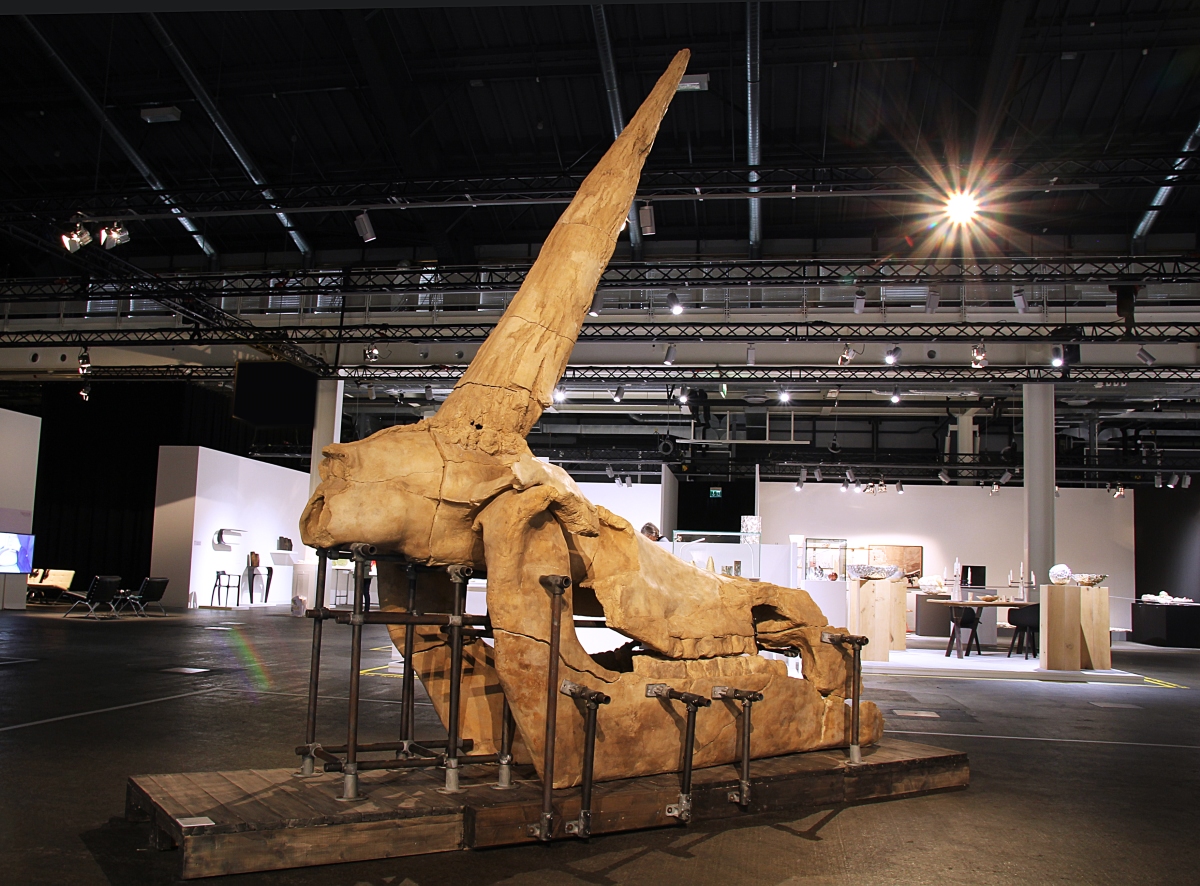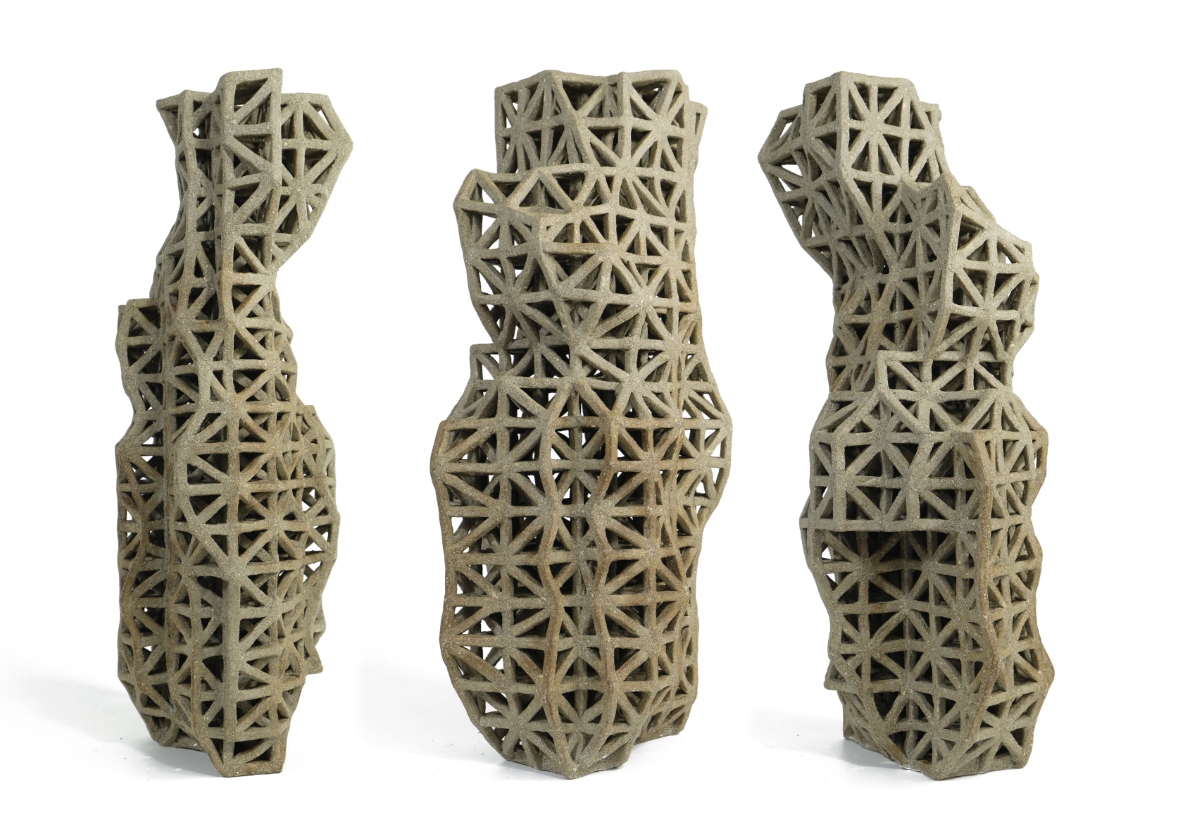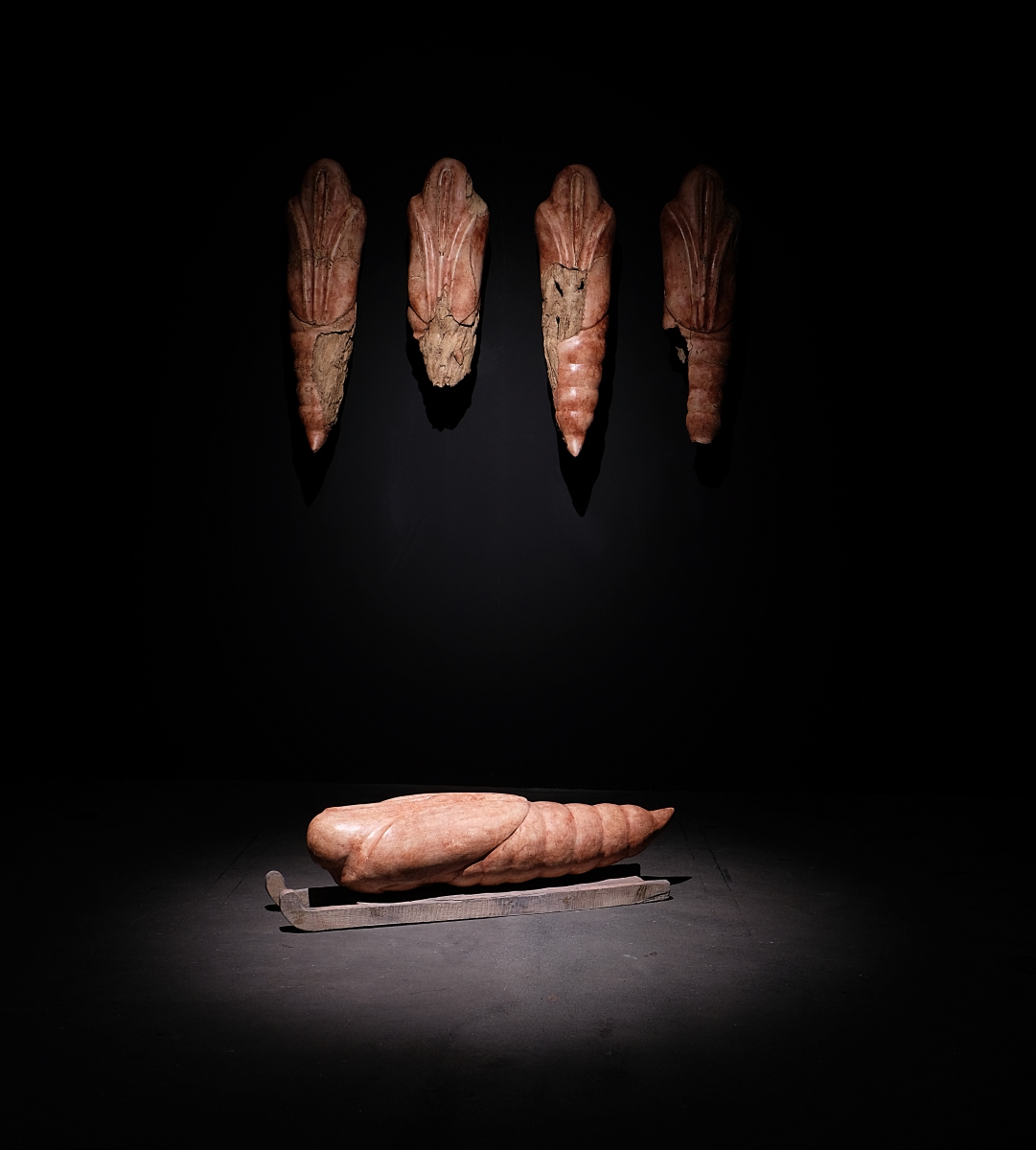I studied psychology at university during the early eighties. This was followed by training in clinical psychology, and after a period as an academic, I worked clinically for several years with adults in a psychiatric context before specializing in Brain Injury Rehabilitation. At the age of forty, I moved to Switzerland with my wife. I took a career break to study fine art at the Ecole des Beaux Arts in Geneva. Following this, I worked unconvincingly as an artist for a couple of years before spending three years renovating a house. At a loss to know what to do once the house was finished, I signed up for a post-graduate course in ceramics and polymerization at the Geneva School of Art and Design. I intended to use the course to perfect my knowledge of polymer resins. But most of the course was devoted to ceramics, with which I engaged pretty reluctantly. But over the weeks, I was seduced by the creative potential of clay and its strange propensity to elicit a collaborative relationship. Aside from a brief return to the UK and Brain Injury Rehabilitation, clay and I have worked together ever since. As a psychologist, I was, of course, familiar with the various psychological models of perception, cognition, and memory. When I started working with clay, I got the strong impression that these models were not able to capture what it was like to think with clay. Although I was undoubtedly primed by the hands-on problem-solving necessary during construction work on the house, this was the first time I was explicitly confronted with the notion that thinking was as much a physical process as a mental one. To explore this further, I began an art practice Ph.D. After a year or so, I came across an archaeologist, Lambros Malafouris, who had developed an approach, Material Engagement Theory, which aimed to demonstrate that archaeological artifacts were not only the product of the human mind but were also responsible for shaping it. So, in 2016 I began a Ph.D. in archaeology, looking at how MET can be applied to art – specifically sculpting in clay.
Visit Paul March’s website and Instagram page.
Featured work
Claustra, 2015

Another Part of the World, 2017

Holocene Pottery, 2016-2019

Tekenu’s Intent, 2022

As the above biography suggests, my initial approach to artmaking was more straightforwardly artistic than it is now. I still make lots of things, mostly out of clay. Sometimes I take photos and have started making videos, but these are not yet very accomplished and perhaps never will be. The main change is that I now do a lot of writing about the artmaking process, and this interest in how things get made or come into being drives the day-to-day activity in my workshop. Clay is good for feeling, seeing, and experiencing how creative activity develops. Clay makes and leaves a trace of every gesture. I see this morphic trajectory as “thinking incarnate” – a materially engaged and emotionally charged cognitive process – a version of Heidegger’s “thinging.”
I approach making with the same serious intent as a child at play. But these play-dates with clay go on for months or even years, and they involve not only make-believe but also how making-belief comes about. I have come to call this approach to creative activity “clayful phenomenology .”The aim of clayful phenomenology is to demonstrate that the origins of feelings and thoughts are not to be found in the mind, situated in a brain but in the world, during a series of transient, self-generating human/non-human systems. The four projects linked above are examples of such transient systems.















